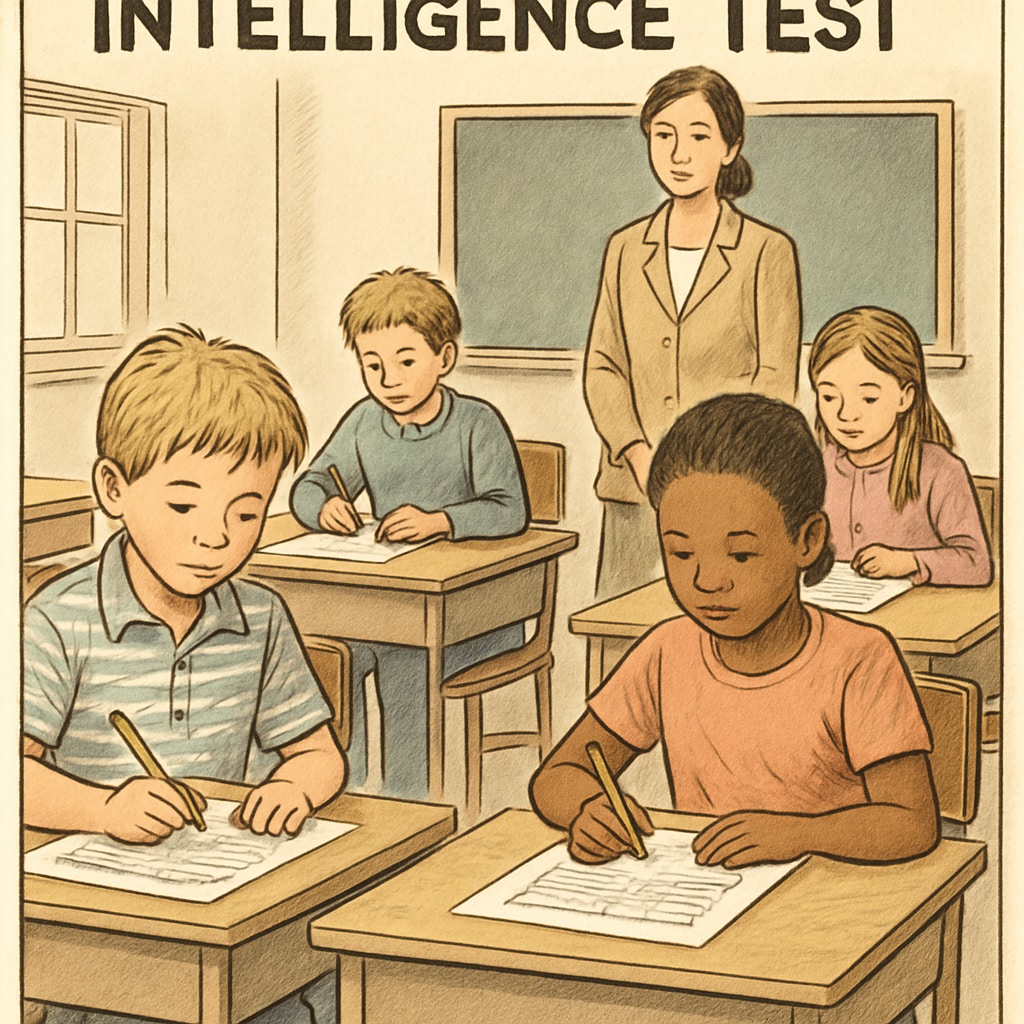Identifying and nurturing the potential of gifted children is a crucial aspect of child development, yet measuring their aptitude accurately remains a challenge. Tools like CogAT (Cognitive Abilities Test), WISC (Wechsler Intelligence Scale for Children), and Stanford-Binet Intelligence Scales have been widely used for assessing gifted children. However, relying on a single test cannot provide a comprehensive understanding of their abilities. A multidimensional approach, combining standardized tests, observational assessments, and performance evaluations, is essential to create personalized pathways for developing each child’s unique talents.
Strengths and Weaknesses of Standardized Tests
Standardized tests are often the first step in identifying gifted children. CogAT measures reasoning abilities across verbal, quantitative, and non-verbal domains, making it suitable for detecting patterns and logical thinking. WISC evaluates overall intellectual functioning and specific cognitive areas, such as memory and language skills. Meanwhile, the Stanford-Binet test is renowned for its ability to measure IQ and assess broader intellectual capacities.
These tests offer significant advantages, including consistency, reliability, and comparability across age groups. However, they also have limitations. For example, standardized tests often focus on academic or cognitive abilities, neglecting creative, emotional, or practical skills. Additionally, cultural biases in test design may disadvantage children from diverse backgrounds.

Beyond Numbers: Observational and Performance-Based Assessments
While standardized tests provide valuable data, observational and performance-based assessments add depth to the evaluation process. Observation allows educators and psychologists to evaluate children’s behavior in real-world settings, including their creativity, problem-solving skills, and interpersonal communication. For example, a child who excels in collaborative projects or demonstrates exceptional leadership qualities may not score highly on a traditional IQ test but still possesses high potential.
Performance-based assessments, such as portfolio reviews, creative projects, or talent showcases, enable children to demonstrate their abilities in practical scenarios. These methods are particularly effective for evaluating artistic talents, musical skills, or athletic abilities, which are often overlooked in standardized testing.

Creating a Multidimensional Framework for Gifted Assessment
To effectively assess gifted children, a multidimensional framework is essential. This approach integrates standardized tests with observational tools and performance evaluations, ensuring a holistic understanding of each child’s strengths and weaknesses. Key components of this framework include:
- Standardized Testing: Use CogAT, WISC, or Stanford-Binet to gauge cognitive abilities.
- Behavioral Observation: Track creativity, leadership, and emotional intelligence in natural settings.
- Performance Evaluations: Assess artistic, musical, or athletic skills through practical demonstrations.
- Parental and Teacher Input: Collect insights from those familiar with the child’s daily behavior and interests.
This integrated approach ensures that children are evaluated not only on academic potential but also on creativity, emotional intelligence, and practical problem-solving skills. As a result, parents and educators can develop individualized learning plans to nurture their unique talents.
Conclusion: Tailoring Gifted Development Pathways
Assessing gifted children requires more than just numbers and IQ scores. By combining standardized tests like CogAT, WISC, and Stanford-Binet with observational and performance-based evaluations, we can uncover a fuller picture of their abilities. This multidimensional approach allows for tailored development pathways that honor each child’s individuality and potential.
As educational systems evolve, adopting holistic assessment frameworks will ensure that gifted children receive the support they need to thrive—not just academically but in all areas of life.


